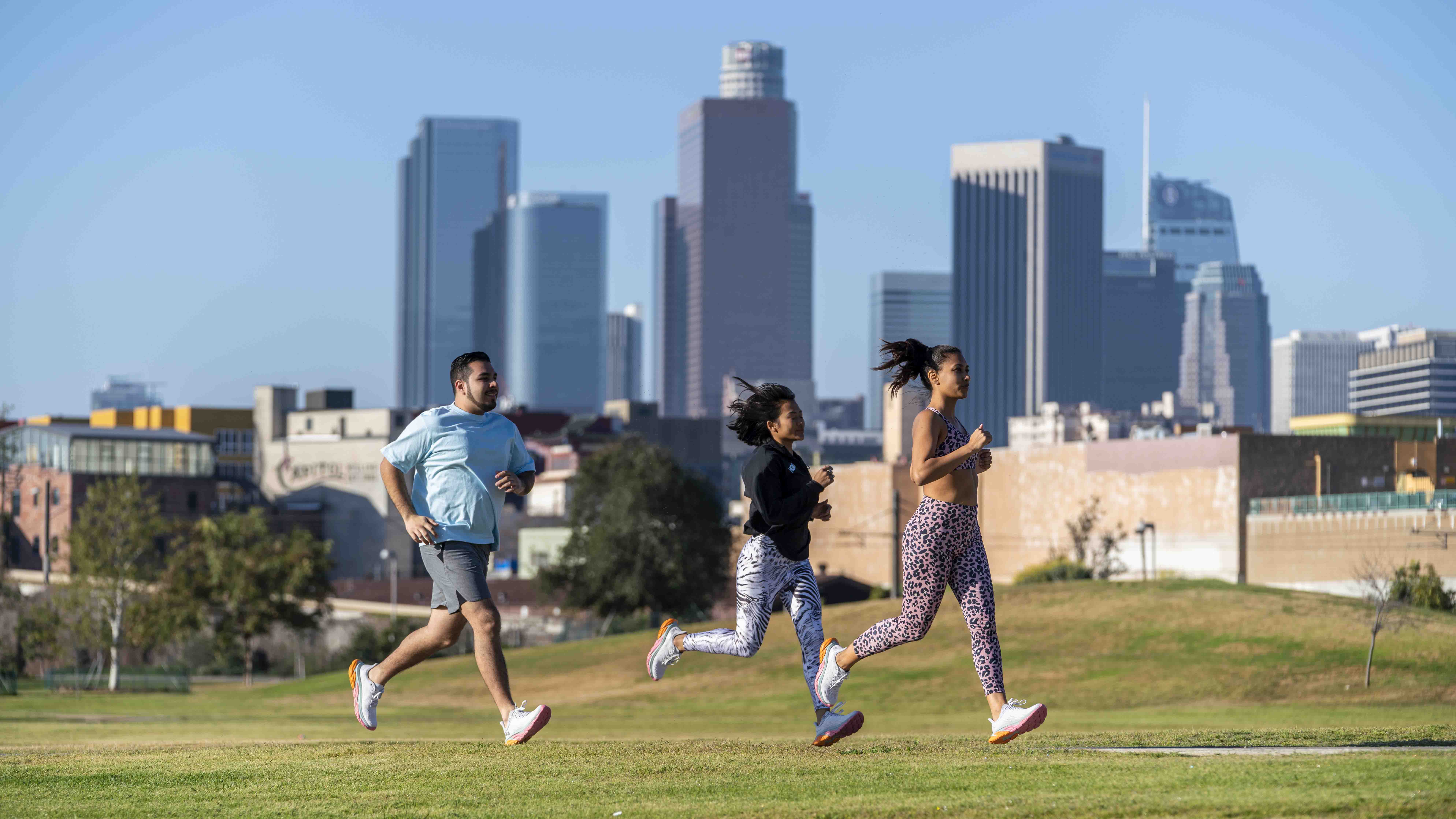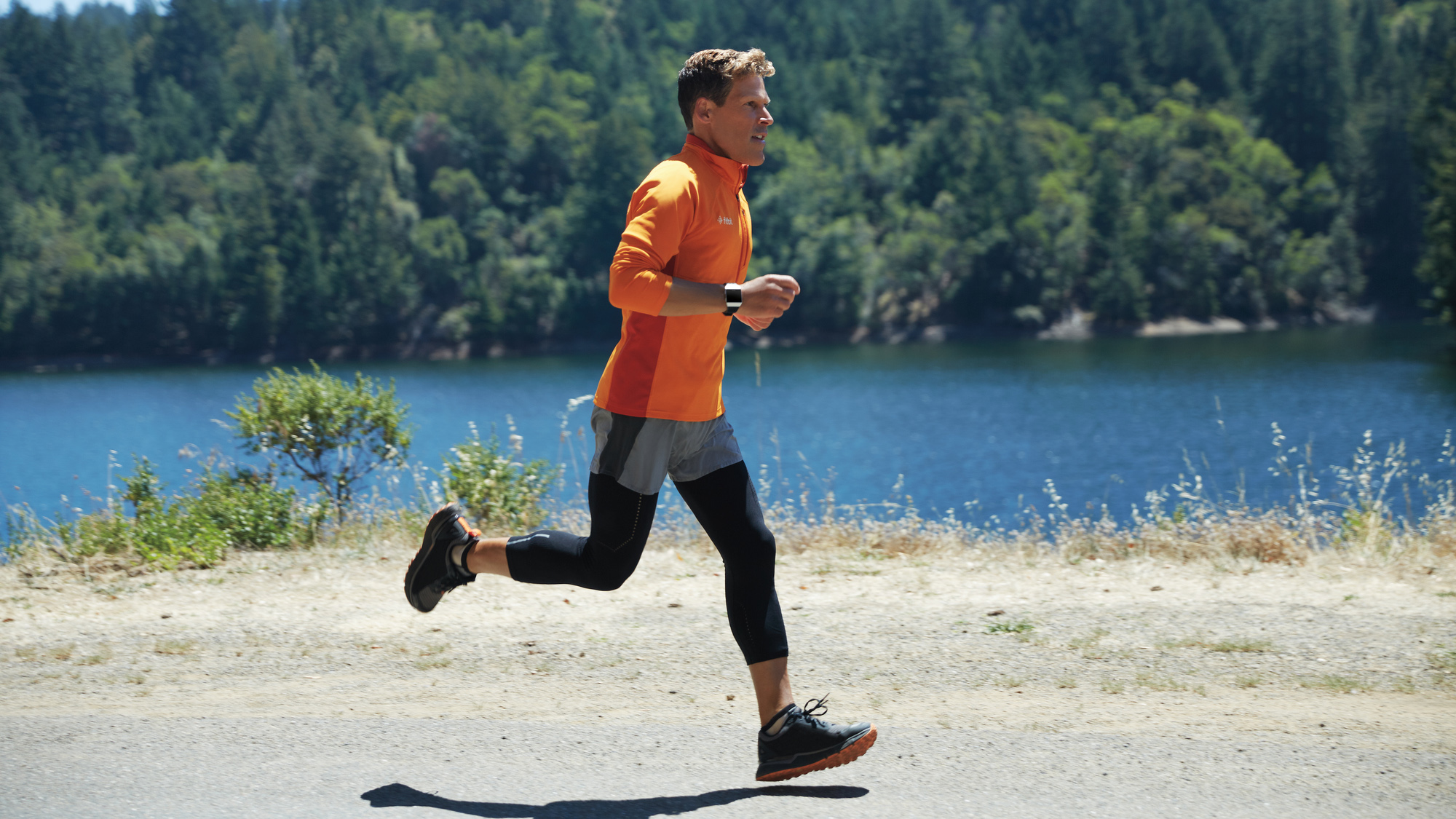Best running tips for beginners: we'll get you ready for your first 5K
If you follow our best running tips for beginners, you'll be running your first 5K or even 10K race soon


Picking up running as a hobby can be intimidating, although the core concept is easy as 1-2-3: all you have to do is to put one leg in front of the other in quick succession. We assume that you are here for some more nuanced tips and that is exactly what we have below. The best running tips for beginners will help you get going and keep you on track too.
The initial phase – the first week or so – is probably the most mentally challenging part of the whole running journey, because you have to go from doing nothing to doing something, and that can feel quite overwhelming. Having the best running shoes on your feet can help motivate you and also to alleviate discomfort that you might experience at the beginning.
We are not trying to reinvent the wheel here; some of these tips you might have heard elsewhere already. What we are trying to do, though, is to give you the absolute best, tried-and-tested advice that'll will most likely to get you out and about ASAP.
Without further ado, here are the top 5 tips to turn you into a running machine you know you are!
(Psst, hey! Want to know how to run faster? We'll explain running heart rate zones, VO2 max and lactate threshold)

1. Have a goal in mind
Did you know that many free online courses contain almost as good learning material as their paid-for counterparts? The main reason why the completion percentage is very low on these courses is not because they are subpar quality, but because they are free and have no deadlines either.
An end point gives your efforts a purpose and keeps you on track. Want to start running? Want to be able to run 5K without panting three minutes into the run? Sign up for a 5K race in two or three months' time. Pay for the race, too.
Get all the latest news, reviews, deals and buying guides on gorgeous tech, home and active products from the T3 experts
Humans are simple creatures. We have a lot of biases, too. One of them is called loss aversion. And interestingly enough, loss aversion is a stronger bias than knowing your efforts will pay off significantly in the future.
This means that by undertaking a financial obligation, you are more likely to keep at your plan than without. Knowing that by not going to the race will lose you £50 is more of a stimuli than knowing you will be able to run 5K comfortably in 12 weeks.

2. Stick to the plan
5k running plans are everywhere on the internet. Even the NHS has a 9-week running plan for beginners. And truth to be told, most of the plans online are actually fine.
What you really need to do is to stick to a plan. Don't fall into the dieting-trap, when you just buy keto and paleo bars in the shop but keep on eating everything else like you before you started your 'new diet'.
Pick a plan and stick it on the fridge door. Find a race that's close to the end date of your plan, sign up for it. Cross off each day on the plan as you go along so you can see your progress.
Even better if you can find someone to train with you. There will be days when you won't feel like going out for a run, but if you have a running partner, they can make you train.
Also, train consistently and not sporadically. If you are running three days a week, let them be Monday, Wednesday and Saturday, not Monday-Wednesday. Give your body time to adjust.
- Best women’s running shoes
- Best Nike running shoes
- Best treadmills: the winter alternative

3. Get your gear right
This probably goes without saying, but having a good pair of running shoes and compression tights can not only help you avoid injuries, it can also boost your performance.
You don't need loads of gear, though, so don't raid your nearest fitness apparel store. Although running is a full body workout, it will put work mostly your leg muscles and put the most pressure on your joints below your waistline. Having well-cushioned running shoes, like the Asics Gel-Nimbus 21 or the Nike Joyride Flyknit, can help you feel less sore and recover more quickly.
Compression wear (e.g. compression shorts or compression tights) can improve muscle oxygenation and also make exercising feel like less of an effort. They can also reduce muscle fatigue by keeping your muscles nice and tight. In general, choose running gear that is comfortable and makes you comfortable being in them.
One good way to start is to get a best fitness tracker or a best running watch. They will help you have a better understanding on how you run and most importantly, track your exercises so you can see your progress. They are also great tools to help you pace yourself better and to keep your heart rate at bay.

4. Don't forget to rest
Your muscles will grow, one way or another, when you start using them. Even doing only cardio exercises will make you stronger, and definitely leaner.
The muscle growing process, in a nutshell, is basically as follows: when you exercise, microscopic tears will appear on your muscles that will get repaired when you rest (especially when you sleep). Your body will use protein to repair the tissues and in the process, they will get bigger.
This means that without adequate amount of rest/sleep, your muscles can't repair and therefore instead of getting stronger, you'll just injure yourself exercising. Give yourself enough time to rest so you can maximise your efforts.
Also, always warm up before and stretch after your runs. The best percussion massagers, foam rollers and resistance bands can do wonders, even if you just use them five minutes a day.

5. You are what you eat
It is paramount to feed your body right when you exercise. Taking in the right macronutrients can mean the difference between feeling pleasantly exhausted after a run or feeling like you're about to puke as soon as you stop.
Needless to say, you will have to try and eat a bit healthier. You don't have to go crazy and change your diet from one day to another. What you'll need to do is to consume less high GI carbs (e.g. potatoes, white bread and short-grain rice) and bad fats (fried foods like potato chips, doughnuts, deep-fried fast foods and margarine).
When changing your diet, be gradual about it. First, lose the added sugar and high-sugar snacks. Try introducing more fibres and definitely more variety. Lessen the red meat consumption and drink more water. Drinking water is the easiest way to cleanse your body. Not only that, but water is also cheap.
It's peculiar how pretty much everyone knows that eating pizza regularly is bad for you, yet everyone does it nevertheless. Fast food like pizza encompasses everything you should avoid in your diet: three slices of a regular classic crust Domino's American Hot pizza contains 25.8 grams of fat (of which 11.8 saturated), 14.4 grams of sugar and over 600 calories. Not great.
You don't have to go full keto diet to see positive changes in your body. Just be more mindful about your consumption and definitely track your calorie intake, using an app like myfitnesspal.

Matt Kollat is a journalist and content creator who works for T3.com and its magazine counterpart as an Active Editor. His areas of expertise include wearables, drones, fitness equipment, nutrition and outdoor gear. He joined T3 in 2019. His byline appears in several publications, including Techradar and Fit&Well, and more. Matt also collaborated with other content creators (e.g. Garage Gym Reviews) and judged many awards, such as the European Specialist Sports Nutrition Alliance's ESSNawards. When he isn't working out, running or cycling, you'll find him roaming the countryside and trying out new podcasting and content creation equipment.